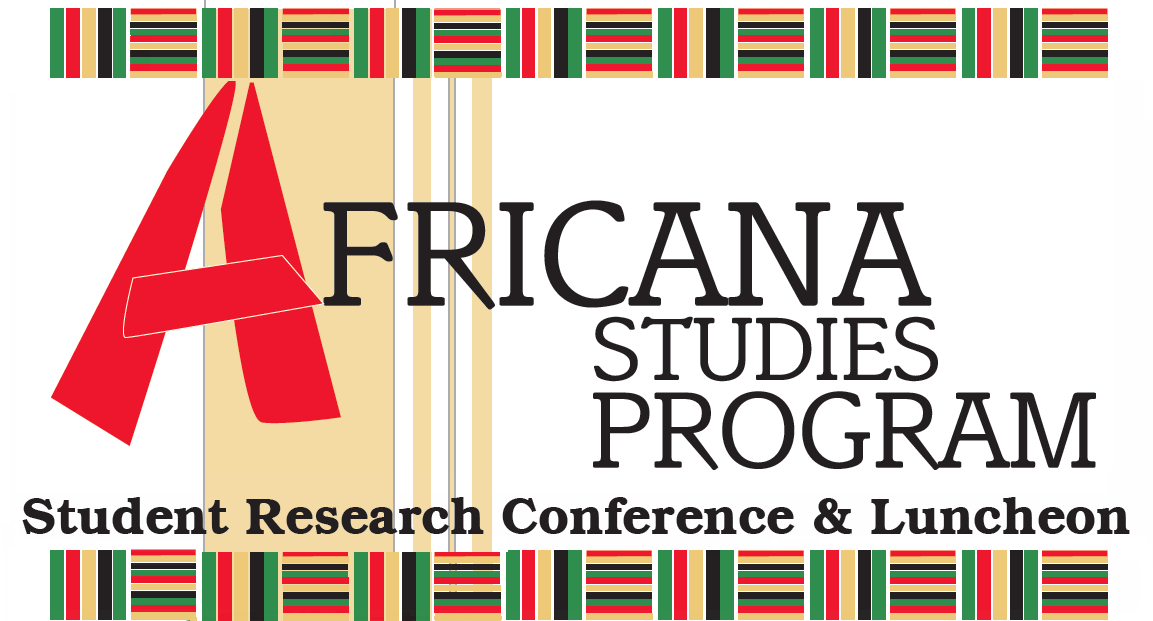
Panel 6: International Communication: Technology, Health, & Race
Degree Program
Graduate
Major
Communication
Abstract
Health communication is one of the fastest developing areas of communication and health communication researchers have maintained an abiding and persistent interest in examining the intersections of people's uses of media and the resulting influences on their behaviors. In this new age of widespread uses of social media, particularly Facebook, considerable attention has been directed to how the new media platforms are used for heath communication purposes, especially weight loss management. Our presentation is based on a mixed methods research aimed at using a multiplicity of research methods to examine how cancer patients who are conscious of the health implications of chemotherapy and radiation treatments on their fertility use social media as learning and behavior-modification tools. Such a problem that involves examining people's values, media use patterns, and the putative influence of heath information can best be addressed through a mixed methods design. The two objectives of the research are: (1) to determine how cancer patients trying to save their fertility after treatments use the legacy media and social media; (2) to ascertain if there are significant differences among people who use the new social media more. Undergirding these two objectives is our interest to examine people's motivation in seeking health information and watching/monitoring their fertility. Using quantitative and qualitative analyses tools, we shall provide a broad characterization of the respondents' media use patterns and address the two research objectives of cancer patients' fertility after treatments, use of the legacy and social media, and whether those who prefer the new social media are different from their counterparts who favor the traditional/legacy media. The results would have interesting implications for health communication, media use, and cancer patients' fertility watch behavior. These results will contribute to our increasing understanding and appreciation of health communication as a field of study and a body of theoretical knowledge. The use of quantitative and qualitative methods in this study promises to offer more comprehensive and all-encompassing results that will make our findings more relevant and applicable to the extant needs of the various publics including media people, policy makers, public health personnel, and citizens needing more attention to health management issues of infertility among cancer patients.
Start Date
8-2-2019 1:30 PM
End Date
8-2-2019 3:00 PM
Included in
A Mixed-Methods Approach to Social Media Uses in Health Communication: A Case Study of Infertility Among Cancer Patients, Alter Chemotherapy Radiation Treatments
Health communication is one of the fastest developing areas of communication and health communication researchers have maintained an abiding and persistent interest in examining the intersections of people's uses of media and the resulting influences on their behaviors. In this new age of widespread uses of social media, particularly Facebook, considerable attention has been directed to how the new media platforms are used for heath communication purposes, especially weight loss management. Our presentation is based on a mixed methods research aimed at using a multiplicity of research methods to examine how cancer patients who are conscious of the health implications of chemotherapy and radiation treatments on their fertility use social media as learning and behavior-modification tools. Such a problem that involves examining people's values, media use patterns, and the putative influence of heath information can best be addressed through a mixed methods design. The two objectives of the research are: (1) to determine how cancer patients trying to save their fertility after treatments use the legacy media and social media; (2) to ascertain if there are significant differences among people who use the new social media more. Undergirding these two objectives is our interest to examine people's motivation in seeking health information and watching/monitoring their fertility. Using quantitative and qualitative analyses tools, we shall provide a broad characterization of the respondents' media use patterns and address the two research objectives of cancer patients' fertility after treatments, use of the legacy and social media, and whether those who prefer the new social media are different from their counterparts who favor the traditional/legacy media. The results would have interesting implications for health communication, media use, and cancer patients' fertility watch behavior. These results will contribute to our increasing understanding and appreciation of health communication as a field of study and a body of theoretical knowledge. The use of quantitative and qualitative methods in this study promises to offer more comprehensive and all-encompassing results that will make our findings more relevant and applicable to the extant needs of the various publics including media people, policy makers, public health personnel, and citizens needing more attention to health management issues of infertility among cancer patients.

